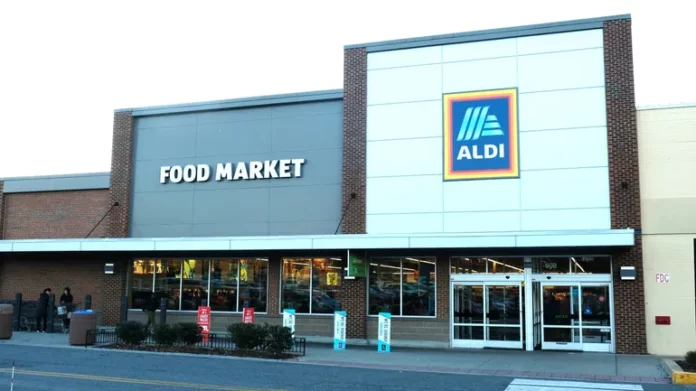In the competitive landscape of the grocery industry in the United States, Trader Joe’s and Aldi have established a strong foothold among consumers. Recent data published by retail data analytics firm Placer.ai indicates that both retailers have seen a decrease in the proportion of customers who visit a competitor right before or after shopping at one of their stores. This trend suggests that more people are now considering Trader Joe’s and Aldi as their primary destinations for grocery shopping, despite the fact that these retailers offer a smaller selection of products compared to traditional supermarkets.
According to Placer.ai, only 5% of Trader Joe’s shoppers visited another grocer immediately after shopping at the chain’s store in 2024, a decrease from the previous year. Similarly, Aldi saw a decline in the share of shoppers who visited another retailer right after shopping at Aldi, dropping from about 6% in 2023 to 5% in 2024. Both chains also experienced sustained year-over-year increases in foot traffic at their stores, with Trader Joe’s seeing a 6% increase and Aldi experiencing an 18% surge in visits in 2024 compared to the previous year.
In addition to their success in attracting customers, both Trader Joe’s and Aldi have been expanding their store fleets at a rapid pace. Aldi announced plans to open 225 new locations in the U.S. in 2025, marking the fastest pace of store growth projected by the German retailer for its American operations. On the other hand, Trader Joe’s had 12 new locations in the pipeline as of January, indicating a continued commitment to expanding its presence in the market.
One of the key factors driving the popularity of Trader Joe’s and Aldi is their appeal to budget-conscious consumers. As consumers continue to look for ways to stretch their grocery budgets, the value proposition offered by these small-format chains has resonated with shoppers. Despite carrying a more limited assortment of products, both Trader Joe’s and Aldi have managed to position themselves as weekend stock-up destinations, attracting a greater share of weekend shoppers compared to other retailers.
The data from Placer.ai also highlights the consistent growth in foot traffic at Trader Joe’s and Aldi stores in the early weeks of 2025. For example, Trader Joe’s saw a 6% increase in visitors during the week of February 18, while Aldi experienced growth of more than 9% by that measure. This indicates that the appeal of these retailers continues to grow, with more consumers choosing to shop at Trader Joe’s and Aldi for their grocery needs.
Overall, the success of Trader Joe’s and Aldi in capturing a larger share of the grocery market in the U.S. can be attributed to their strategic positioning as value-driven retailers that offer quality products at affordable prices. As they continue to expand their store networks and attract more customers, Trader Joe’s and Aldi are likely to remain key players in the competitive grocery landscape for the foreseeable future.



